Hammer Time: Saturn Shangri-La
In 1994, you could buy a base model Saturn for $9995 plus tax, tag and dealer fee. In 2002, you could buy a base model Saturn for $9995 plus tax, tag and dealer fee. In 2010, you may very well be able to buy an entry level Saturn for….
Well.. forgive me for jumping to a 16 year old conclusion. But now it’s too late. I can’t find a new Astra anywhere in Atlanta. Auras and Skys? Yes. The Astra and the oft forgotten Outlook and Vue are officially done. That is except for all the ‘near-new models’ that will bobbing along the surface of the dealer auctions within the next year or so. The 2008 versions may likely hit the $8000 range at the wholesale auctions once we’re replacing the old D.C. windbags with even more malleable ones. That would mean a retail level right near the $9995 mark which seems to be the price par excellence for ‘bargain basement’ deals.
All of you may wonder why I’m even interested in Saturn’s entry level rides? Well, to me they represent three things. First, the cheapening of the brand. Back in 1994 Saturn was on it’s way to becoming the king of subcompacts. Even as the 1995 and 1996 models offered few genuine changes, the totals for this one model company rang up for these years at 267k, 303k, and 299k. Simply astounding for a small car in it’s fourth, fifth, and sixth year of production. Every single one of them sold at $9995 and way up with little in the need of gimmicks or accounting derived chicanery. It was a well deserved win for GM.
Fast forward to 2002 and the Saturn S-Series is in a real pickle. 12 years with nothing but minor modifications had officially turned the once loved Saturn into GM’s rental car and ‘value star’ bastard child. How else can you explain 12 years of the same powertrain and 10 long years as a one brand orphan. Poor Saturn. GM decided to move the brand damaged metal with a $9995 ‘silver and blue’ special. You got a choice of two colors, one five speed, a/c (Nissan please take note), and an economic proposition for the ‘new car’ tightwad that was unmatched until the age of clunkerdom.
The ‘economic proposition’ represents the second thing of interest to me. It was Saturn’s only real strength in the marketplace for the last decade. I still can’t understand why they didn’t market it with that focus instead of an ‘import’ alternative. Anyhow, the long in the sabre-tooth 2002 model offered a low 30’s real world average with a light foot (40 mpg highway) plus a $10,000 price less bogus fees and tax. Not bad. Throw in a severely dysfunctional investment environment at the time and a ‘deficits don’t matter’ level of government spending, and you could have done far worse. I’ve been driving one of these for the last few days and I have to say, it’s not bad for $940.
Probably wasn’t bad at $9995 either. The anecdotal one I’ve been driving has no rattles and no squeaks. No paint fade. No dents thanks to those wonderful plastic panels. Oh and everything works. But of course there’s little to be broken. Power windows, locks, mirrors, even Saturn’s once lauded ultra-cheap ABS had been scratched off that list in the interests of the corporate bottom line. Even with all the cuts, it still offered a great opportunity for the long-term keeper who needs a commuter or town vehicle.
At least if they’re savvy with the screwdriver. The cheap things that remain are all upgraded in my sample. The shocks are no longer factory OEM along with the speakers and the $99 CD player. I estimate the $300 in upgrades have translated into an extra five years on the road and the top of the line tires have turned back the clock of creakiness by a huge extent.
This last model year Saturn really is a good value today IF you can overcome the weaknesses. Do yourself a favor and if you get one, buy a Mityvac and suck out every fluid you can and add new stuff. Especially the coolant. If you’re a road warrior with tightwad tendencies, you can upgrade the five speed fairly cheaply if you opt for the more powerful DOHC engine and $80 in parts. The interior is cheap too. At this point you can customize it if plastic is not your thing. One of my favorite things to do is take those furry shoulder belt pads and superglue it onto a couple of surfaces where I’ll usually rest my arm. Did I mention I’m a cheap bastard? This strategy also works quite well in any older car where the driver’s door panel armrest has cracked.
Finally, keep in mind the third virtue of most Saturns. They made them forever and can be found anywhere. Even when the General gets it’s next reality check with Buick and GMC, your commuter scooter is still going to putter along with parts that are cheaper than a Roger Smith Cadillac makeover. If you’re into keeping your pennies in a jar and believe that the American dollar is in for a beating, a cheap economical beater like the Saturn may truly be a worthy long-term investment.
More by Steven Lang
Latest Car Reviews
Read moreLatest Product Reviews
Read moreRecent Comments
- Brendan Duddy soon we'll see lawyers advertising big payout$ after getting injured by a 'rogue' vehicle
- Zerofoo @VoGhost - The earth is in a 12,000 year long warming cycle. Before that most of North America was covered by a glacier 2 miles thick in some places. Where did that glacier go? Industrial CO2 emissions didn't cause the melt. Climate change frauds have done a masterful job correlating .04% of our atmosphere with a 12,000 year warming trend and then blaming human industrial activity for something that long predates those human activities. Human caused climate change is a lie.
- Probert They already have hybrids, but these won't ever be them as they are built on the modular E-GMP skateboard.
- Justin You guys still looking for that sportbak? I just saw one on the Facebook marketplace in Arizona
- 28-Cars-Later I cannot remember what happens now, but there are whiteblocks in this period which develop a "tick" like sound which indicates they are toast (maybe head gasket?). Ten or so years ago I looked at an '03 or '04 S60 (I forget why) and I brought my Volvo indy along to tell me if it was worth my time - it ticked and that's when I learned this. This XC90 is probably worth about $300 as it sits, not kidding, and it will cost you conservatively $2500 for an engine swap (all the ones I see on car-part.com have north of 130K miles starting at $1,100 and that's not including freight to a shop, shop labor, other internals to do such as timing belt while engine out etc).

















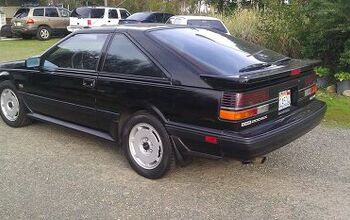

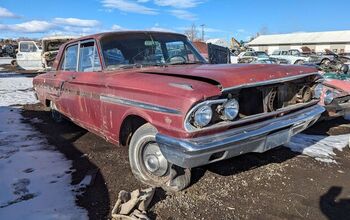
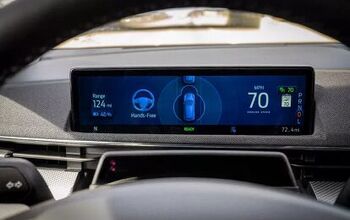


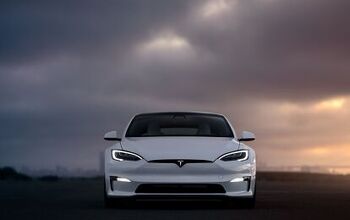



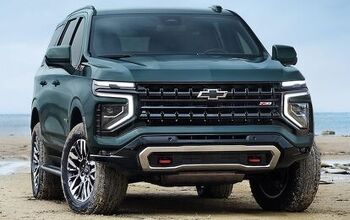


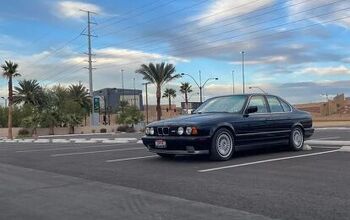
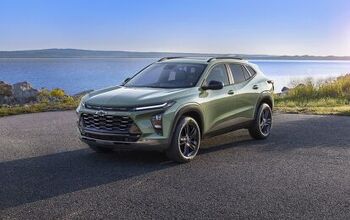
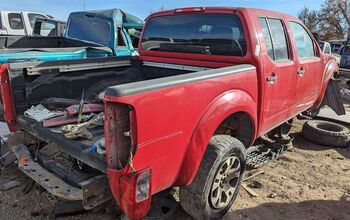

Comments
Join the conversation
I still want an Astra, but then, my family has a long history with Opels. Sad,I know...but make mine a four-door, white with sunroof...and I'm sitting in the backseat with my father in his 1971 (and later, 1980) Rekord all over again...
I have a 95 SL 1 manual. It's a lot of the things that Mr Lang has said. It's beauty in it's simplicity and value for money. Ease of repair and fuel economy are the other plusses. The polymer keeps it looking new even after 15 years. It was so solid at 116,000 miles when I bought it, that when my "good" car was totalled, I bought an 05 ION 1. And like the SL1 the polymer will keep this TWAT award winner looking new and strange for years to come. An ION with the 2.2 or 2.4 ECOTEC and Hydramatic would be a good used car bet as well: lots of shared parts with other GM cars, reliable engine and trans, orphan status and the hit on resale make it a bargain hunters dream. But the seating position in the S is ridiculous [like sitting in a hole again], the ride unsettled on even the smoothest surface , turning circle ridiculous and the seats are awful. You don't have to be old and/or fat to be put off by that sort of thing.